Several years ago, I was in the locker room at the gym, and I must have left my (second-generation, I think) iPod Nano on the bench. When I looked in my pocket for it later, it wasn’t there. I was disappointed at having been so lax about something a bit pricey, and went back to the gym the next day seeing if, perhaps, some honest soul had turned it in.
And Rose, who worked behind the front desk at the time, said that she had the lost-and-found log, but that I should describe the lost item, and when it had gone missing, so she could be sure it was mine. I had lost it the day before, and in English I would say it was blue, which in Spanish is azul. But I thought about it for a minute, and decided it wasn’t quite blue, it was kind of a metallic bluey-turquoise, and so I said, “celeste.” And she checked the log, and sure enough, someone had found a “celeste” iPod the day before, and turned it in. Yay honest gym-goers. And yay me, for drawing a division between azul and celeste, which are essentially, just blue.
Years later, I have painted my living room walls a color that in English I call teal. You have seen that color in the most recent feria report. And this got me thinking about colors. Specifically, celeste and calipso.
Celeste, as you may have guessed, is a color not unrelated to blue. And I had always thought calipso was mint green.
But blue and green are a bit of a continuum, and it’s not clear (at least to me) where one begins and the other one leaves off. What I think is so interesting about this is that in English, we have extra words to describe different kinds of blue “robins’ egg blue, sky blue, light blue etc” and then we can combine colors, like blue-green, or green-blue. And then we have the broad swath of turquoise, which I think we can all agree lies between blue and green. But in Spanish, I have azul, and I have verde (green), and sometimes turquesa (turquoise) then I am stuck with celeste and calipso in between, and I don’t quite know what to do with them.
I originally started out by asking my non Spanish-speaking FB friends what class of thing celeste and calipso might be. My sister guessed that Celeste was an elephant (apparently Babar’s wife), and the most common response for calipso was “music.”
But then this whole long conversation ensued about what they mean, and which color is which, and when something stops being celeste and is just green (or calipso), with a friend’s husband playing along (but saying that everything that was not solidly blue was calipso) until he got bored with the game. Another friend’s boyfriend (why are we asking men about this, by the way, as isn’t it said that women have millions of colors when men have more like seven?) said that the two are the same color, and I, ever the information hound, was looking up paint colors called calipso to figure out what it was. And I found out that calipso, in addition to being vaguely greeny bluey (or is it bluey greeny), is sometimes also coral. I tossed that out as a statistical outlier.
If you search around re: vocabulary, you find out (which you probably already guessed), that technically, celeste is the color of the sky (as in celestial), which should make it light blue. But if you show someone something turquoise (at least here in Chile), they will tell you it is celeste. I don’t know about you, but my sky is not turquoise, generally speaking. Hmm.
And if you look up calipso, you will find that it is another name for “aguamarina,” which we can only assume is aquamarine, which one would assume is the color of the ocean, but which in English, we take to mean turquoise when it’s in the Carribean, but kind of a dark angry green on Cape Ann, and inky black when you are floating on it on a glarey day on your way to Isla Damas, where you may or may not really feel like throwing up.
But I still thought of calipso as a minty green, which is not really the color of the ocean, except when you consider the frothy part of the top layer of a wave that crashes onto rocks and when the sun hits just right, where the bubbles whip it into the color of a shamrock shake. To further confuse things, the bike brand Bianchi has a signature mint green color on some detailing on the bikes. That color? Celeste.
Finally, R (who can identify himself, or not) decreed that to him, celeste was blue plus white, and calipso was green plus blue (making celeste sky blue, as it should be, and calipso turquoise, which Margaret’s husband corroborates), but we still can’t get a good agreement going here. Ultimately what’s more important than how a word is defined in the dictionary, is how people use it. And to be honest, I still don’t know the difference.
So for now, whenever I have to describe something (like at Pre-Unic, where you can’t handle the items, but have to say what you want, and then pay for it and pick it up at two different locations, but that is an aside), I will say (when describing the Dove deodorant that I would like to purchase), “ese, de tapa celeste, o sea calipso” (that one, with the light blue, I mean mint-green (or is it the other way around) top. Since it seems like nobody really knows what either color means, certainly they’ll understand that.
Though I have to say, the whole thing seems terribly drawn-out. Like this post. But at least (for now, until I change the background) you get to look at a color I no longer know how to name.

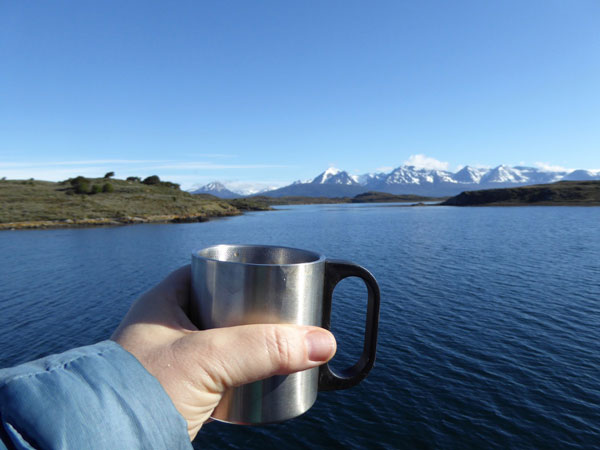
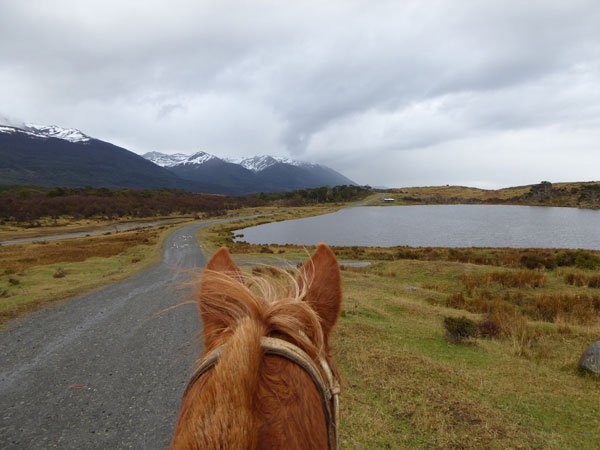

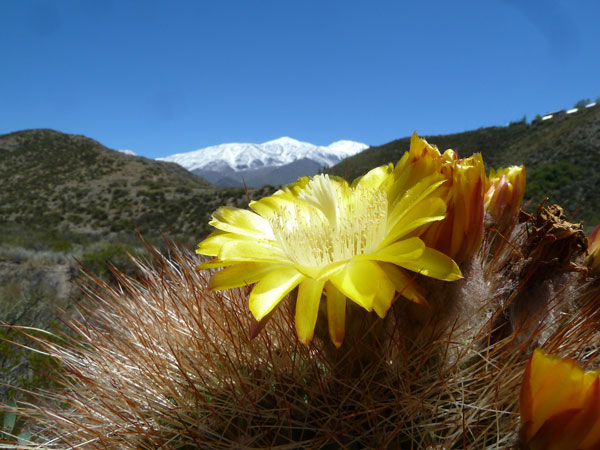

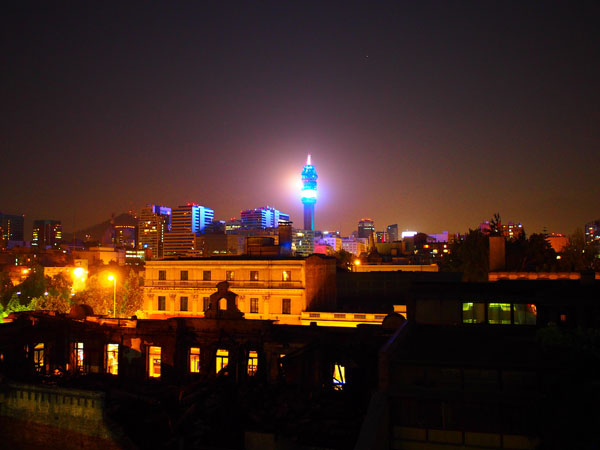
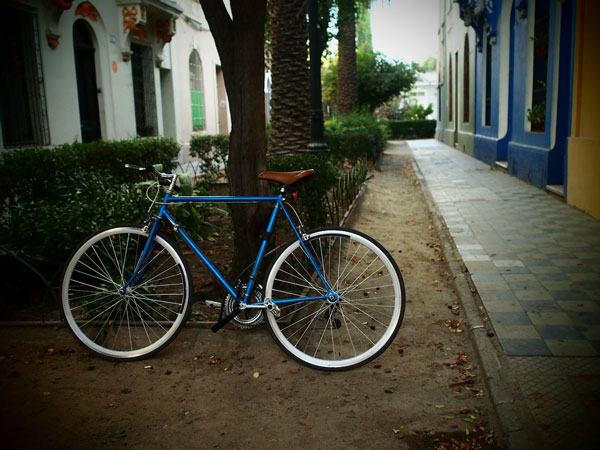


I remember getting in an argument with someone once in Chile over whether “celeste” fell under the wider category of “azul”, because in English, for me, light blue is in the blue category. But for this person (can’t remember who it was) celeste and azul were completely different colors. I’ve always thought calipso was more blue-green, like the color of your blog background.
Finally the only colors that I can identify!!!!! You’re right, we men lack the 32bits colors that you women have.
In formal terms, celeste is what you in english would call “light blue”. Celeste, as I learned in primary school, is the combination of blue + white. Therefore if you are in a hurry, then it would be a kind of blue.
Calipso starts its life as celeste, and then picks up some green along the way.
Turquoise starts its life as light green and picks up some blue along the way.
Aguamarina is a mixture of blue and green and to the best of my understanding without any white at all. Although this is the subject of a long controversy and the jury is still out there.
I might be wrong, but that R could be me xD. And as Margaret´s husband and Carlos agree, with no small effort we can tell celeste/calipso/turquesa apart. That celeste/celestial reference nails it, Maybe women have a different internal management not only of colors, but also for words, so they can describe more accurately what they see, even if we men are seeing the same color.
Indeed, Marmo, you are “R.” My main question for everyone who tells me a color is a color plus white, I want to know how you know when a color has white in it. When does it transcend from a non-white-containing-color to a color plus white? I fear I may never know!
Es una pregunta bastante difícil, para efectos de precisión, trataré de decirlo en español.
Los colores se comportan como un sistema de coordenadas (al menos en mi mente, creo), en donde tienes un eje X que va de colores cálidos a colores fríos, y un eje Y que regula los tonos, del blanco al negro.
Así, si te desplazas de derecha a izquierda puedes pasar de un color a otro, y sus variaciones más claras u oscuras estarán más hacia el blanco o el negro según el caso.
No es que realmente tenga una imagen fija de la paleta de colores en mi mente, si no que para distinguir el azul puro del celeste, mi mente me dice “este es azul, pero se aleja del negro y se acerca al blanco”.
A riesgo de ridiculizarme con esta explicación, así es como lo entiendo e interpreto yo al menos.
Acompaño una imagen más o menos parecida.
http://www.webtaller.com/images/maletin/articulos/color_macromedia.jpg
De todas formas, he leído que distintas personas pueden percibir lo mismo de maneras distintas, quizá para otros la mecánica interna sea diferente a la hora de interpretar un color. Imagínate como serán de distintos otros conceptos más complejos para unos y para otros.
Puedo imaginar el celeste y reconocerlo, pero el calipso y el turquesa son imposibles. Son como los extraterrestres: Sé que existen, existen pruebas de que existen, pero nunca en mi vida los he visto o reconocido e_e
Describir por colores no es mi fuerte realmente.
Italian distinguishes blue (blu) and green (verde). There are also two words for light blue (e.g. sky’s color): azzurro and celeste. Azzurro, the English equivalent of azure , is not considered to be a shade of blu, but rather the opposite, i.e. blu is a darker shade of azzurro.